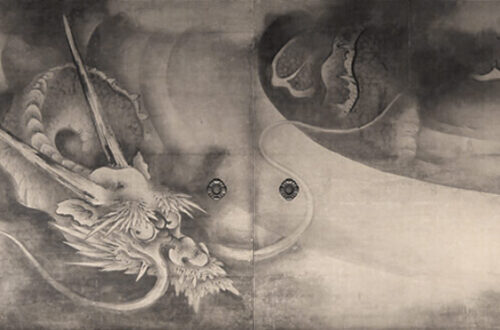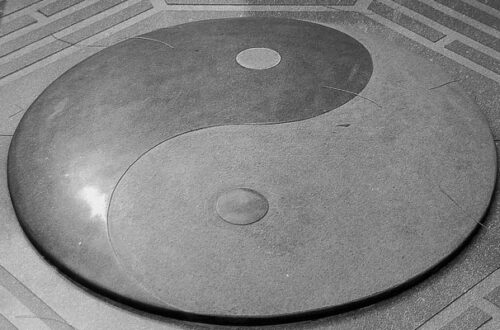
Kotodama: The Spiritual Power of Words in Japanese Culture and Aikido
Kotodama 言霊 is closely connected with the life and teachings of Morihei Ueshiba, the founder of Aikido. Ueshiba was a deeply spiritual person who drew inspiration from the religious and philosophical traditions of Shinto 神道. Kotodama is a fundamental aspect of Shinto, an indigenous religion of Japan that has been integrated into various Japanese arts and practices, such as martial arts, traditional medicine, and music. Koto 言 means “word,” and dama 霊 means “spirit.” The term can be translated as “the spirit of words.”
In kotodama practice, it is believed that each word and sound vibration has its own unique spiritual energy and power. One of the key principles of kotodama is the belief that the vibration of sound can directly influence the physical and spiritual world. Through vocalization, sound waves can create a resonance that affects the energy flow within the body and the surrounding environment. Different sounds and words are associated with specific spiritual energies and intentions.
In custom practices, blessing words are referred to as kotohogi 言祝, and cursing words are known as juso 呪詛. According to the belief, once words are uttered, the spirits within those words can make them a reality. Therefore, practitioners avoid using ominous words like the number 4, which shares the same pronunciation “shi” as death 死. Instead, they prefer to use words with positive meanings. For example, instead of saying “I don’t want to get sick,” one would say “I want to be healthy.” Kotodama practitioners believe that using negative words at inappropriate times could anger the spirits of words and attract punishment from them.
It is also believed that one’s name possesses special power as it carries their soul. If someone knows another’s true name, they can easily manipulate or affect them through kotodama. Therefore, some elderly people in Japan may have two names: one is their true name, known only by themselves and their parents, while the other is a “fake” name for everyday use. In ancient times, a maiden would not casually disclose her true name to others, as a man asking for her true name would imply a marriage proposal.
Of course, the kotodama that Ueshiba practiced, based on Omoto’s interpretation, has much more profound meaning than the custom practices. Ueshiba was a very religious man and he spent lots of time studying kotodama. A detailed explanation of kotodama in Omoto is beyond the scope of this article. Ueshiba believed that kotodama is a key aspect of Aikido practice, essential for developing a deep connection with one’s inner energy and the energy of the universe. In the context of Aikido, kotodama is practiced by uttering specific words typically during meditation, but can also be during execution of a technique, or in other forms depending on the individual instructor. One common practice is to utter the kotodama A-O-U-E-I, then back to A and repeat the cycle a couple of times while meditating. Each of them is associated with a kami (deity), and as a whole, they symbolize the process of creation. Despite its importance, kotodama is no longer widely practiced in Aikido, possibly due to its religious origins but more likely a lack of understanding.
Author’s Note: We appreciate your readership! This article serves as a preliminary introduction to the subject matter. While we aim for accuracy, we cannot guarantee the content’s precision and it may contain elements of speculation. We strongly advise you to pursue additional research if this topic piques your interest. Begin your AikidoDiscovery adventure! 🙂




